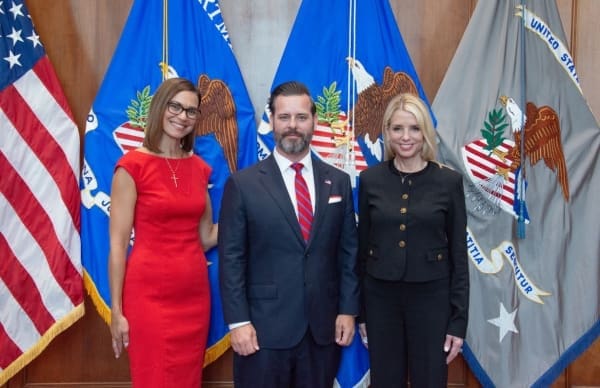The involvement of a cultlike group in a series of deaths across multiple states has drawn significant attention, as a woman associated with the group denies her involvement in her parents’ deaths. The group, known as the Zizians, has been linked to various criminal activities, including killings in Vermont, Pennsylvania, and California.
Michelle Zajko, whose parents were killed in Chester Heights, Pennsylvania, on New Year’s Eve 2022, has publicly denied accusations against her. In a 20-page handwritten letter, she refuted claims of her involvement and defended Jack LaSota, also known as Ziz, identified by authorities as the leader of the extremist group. Zajko asserts that the public is being misled, challenging the narrative presented by the media.
The investigation into the Zizians intensified in January following the death of a U.S. Border Patrol Agent, David Maland, in Vermont. Authorities allege that Zajko provided the weapon used in the shooting. Subsequently, Zajko, LaSota, and another associate faced charges of trespassing, obstructing law enforcement, and illegal gun possession in Maryland after being found on private property with box trucks.
Zajko’s lawyer emphasized that she was questioned but not charged in connection with her parents’ murder. Meanwhile, LaSota has been accused of disorderly conduct related to the investigation into the deaths. Zajko maintains that allegations against her and her associates are exaggerated and inaccurate, denying the portrayal of the group as dangerously armed and comparing them to notorious criminal figures.
Further complicating the case, members of the Zizians have connections to an incident in California, where a landlord was attacked in November 2022, leading to his death in January. One suspect, Maximilian Snyder, is accused of the murder, having been associated with another group member, Teresa Youngblut, implicated in the Vermont shooting.
Context and Clarity
The unfolding events concerning the Zizians highlight the complexities of addressing criminal activities tied to extremist groups. For communities, there is a heightened sense of vulnerability when such groups operate across state lines, impacting local safety perceptions. Residents may feel uncertain about the presence of similar groups in their areas, prompting increased vigilance.
For law enforcement, the situation demands a coordinated, multi-state response to effectively manage investigations spanning several jurisdictions. It also reflects the challenges authorities face in separating different factions and individuals within loosely connected groups, complicating legal proceedings and public communication.
On a broader scale, the portrayal of such groups in the media can shape public opinion, influencing how communities perceive threats and their trust in law enforcement and justice systems. Ensuring accurate reporting and clear communication from authorities becomes crucial in addressing public concerns and maintaining societal stability.












